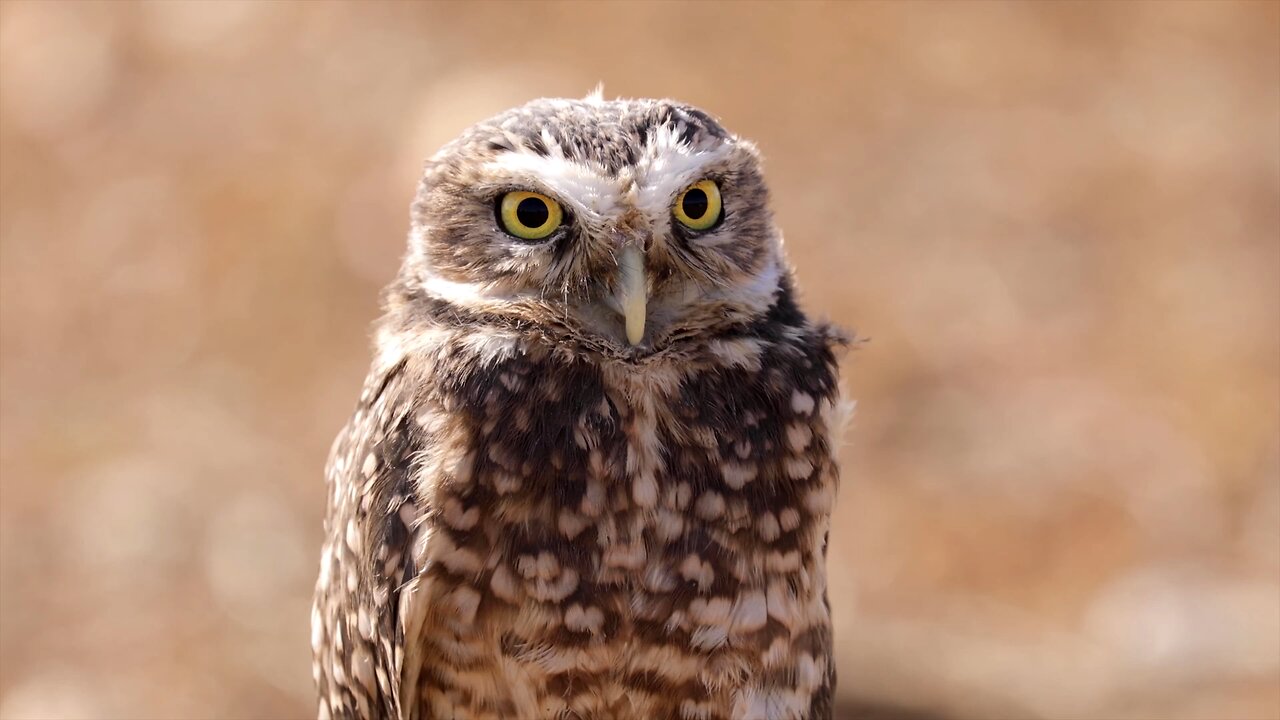Premium Only Content

"The Silent Hunters: Unveiling the Secrets of Owls"
Owls are fascinating birds of prey known for their distinctive appearance, nocturnal habits, and incredible hunting skills. Here are some key details about owls:
### 1. **Physical Characteristics:**
- **Eyes and Vision:** Owls have large, forward-facing eyes that provide binocular vision, allowing them to accurately judge distances. Their eyes are adapted for low-light conditions, making them excellent night hunters. Despite popular belief, owls cannot move their eyes; instead, they can rotate their heads up to 270 degrees to see around them.
- **Feathers and Flight:** Owls have soft, fringed feathers that allow them to fly silently. This stealth is crucial for sneaking up on prey.
- **Beak and Talons:** They possess a sharp, hooked beak and powerful talons, ideal for capturing and consuming prey.
### 2. **Hunting and Diet:**
- Owls are carnivorous and primarily hunt small mammals, birds, insects, and occasionally fish. They use their keen hearing and vision to locate prey, often swooping down silently to catch it.
- **Hearing:** Many owls have asymmetrical ear openings, allowing them to pinpoint the exact location of sounds, even in complete darkness.
### 3. **Species Diversity:**
- There are over 200 species of owls, ranging from the tiny elf owl (about 5 inches tall) to the large Eurasian eagle-owl, which can have a wingspan of over 6 feet.
- **Common Species:** Some well-known species include the barn owl, great horned owl, snowy owl, and tawny owl.
### 4. **Habitat and Range:**
- Owls are found on every continent except Antarctica. They inhabit a wide range of environments, including forests, grasslands, deserts, and urban areas.
- **Nesting:** They typically nest in tree cavities, old buildings, or nests abandoned by other birds. Some species, like the burrowing owl, nest in underground burrows.
### 5. **Behavior and Communication:**
- Owls are mostly solitary, except during mating season. They communicate through a variety of vocalizations, including hoots, screeches, and whistles.
- **Territorial Calls:** Many species use their calls to establish and defend territory.
### 6. **Cultural Significance:**
- Owls have been symbols in various cultures, often associated with wisdom, knowledge, and mystery. In some cultures, they are also seen as omens or symbols of death.
### 7. **Conservation Status:**
- Some owl species are threatened or endangered due to habitat loss, pollution, and human-wildlife conflict. Conservation efforts are underway to protect these important birds.
Is there a specific aspect of owls you'd like to learn more about?
-
 LIVE
LIVE
Sgtfinesse
2 hours agoSarge's 1st Stream on Rumble
387 watching -
 58:23
58:23
The Dan Bongino Show
4 hours agoDemocrats Enter Full Panic Mode (Ep. 2378) - 11/26/2024
583K1.17K -
 58:04
58:04
The Rubin Report
2 hours agoCNN Host Gets Visibly Angry as Her Trap for Conservative Backfires in Her Face
47.9K48 -
 1:28:35
1:28:35
Benny Johnson
2 hours ago🚨VICTORY: All Charges Against Trump DROPPED, Time For REVENGE | Mexico, Canada Bend Knee To Trump
64.1K52 -
 2:17:41
2:17:41
Steven Crowder
4 hours agoTired of Winning Yet? Jack Smith Drops Trump Charges and Mexico Bends The Knee!
293K188 -
 2:00:50
2:00:50
LFA TV
15 hours agoNATIONAL SECURITY THREAT! | LIVE FROM AMERICA 11.26.24 11am EST
38.8K18 -
 1:19:04
1:19:04
Graham Allen
5 hours agoPANIC‼️ Biden Is Giving NUKES To Ukraine! + Jack Smith DISMISSED Cases Against Trump!
116K75 -
 1:40:00
1:40:00
PMG
13 hours ago $1.00 earned"WHAT?! Trump & the Fed are DISMANTLING the Global Banking Cartel!? w/ Tom Luongo"
25.4K3 -
 2:32:28
2:32:28
Matt Kohrs
14 hours agoBitcoin Falters, Degen Psychology & Breaking News || The MK Show
57.9K4 -
 38:23
38:23
BonginoReport
6 hours agoJack Smith Belongs Behind Bars (Ep.93) - 11/26/24
89.5K181